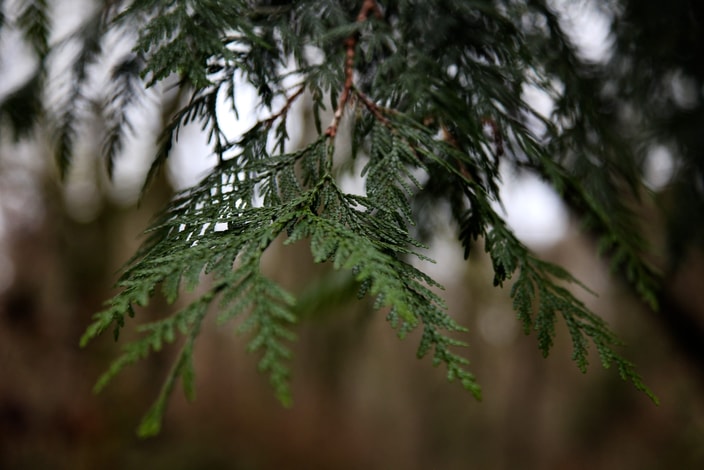
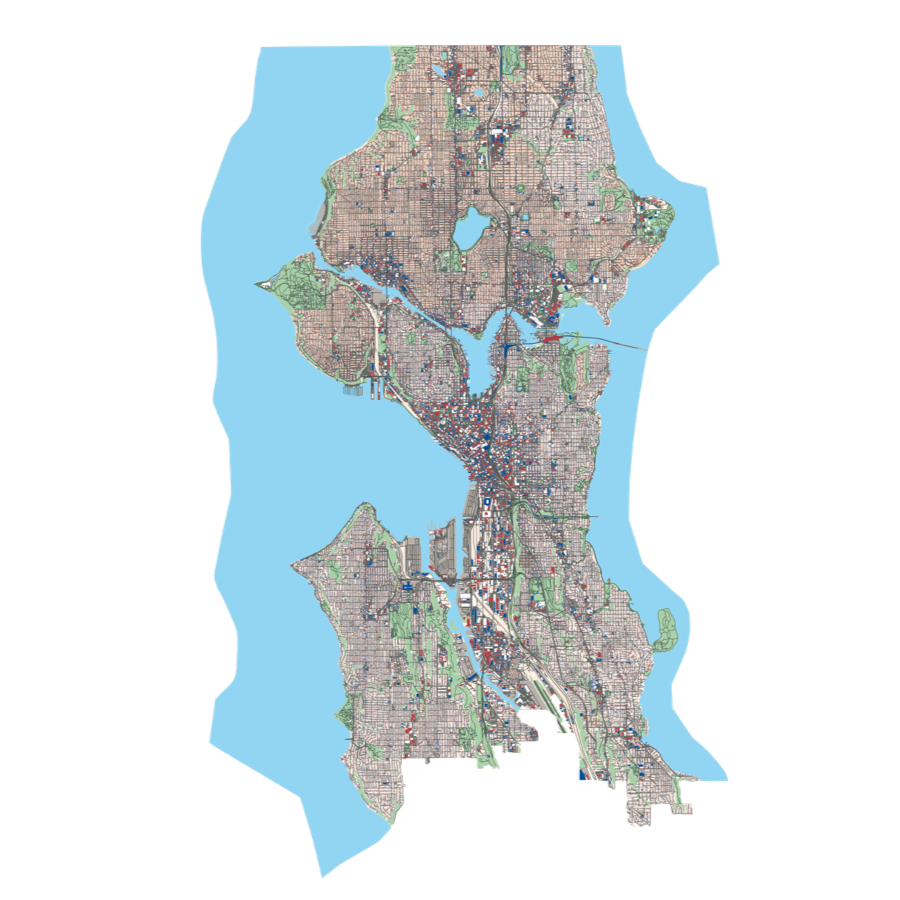

Wintermission
Back stateside for about a month and a half.
Home Again
Many, many thanks to the friends and family who housed, cooked for, coordinated with, drove to see, and reached out to us. Returning home was overwhelming in its warmth.
I try to keep most time spent with people off the website—lest this become a manual Facebook replacement and drown itself in its own cataloging—so instead this post will have three parts:
- Trying a real camera after a year of taking iPhone photos
- Wintertime Pacific Northwest shots
- A handful of San Diego glimpses
Camera Talk
I got to try out an actual camera instead of my iPhone one. And boy, it is shocking how much better the photos are.
Several people I’ve told this to were surprised. Most people seem to think iPhone cameras are indistinguishable from “real” cameras01 these days.
Here are two images of identical resolution02 taken in similar lighting conditions.03 One is from a real camera, one is from my iPhone. See if you can tell which is which.
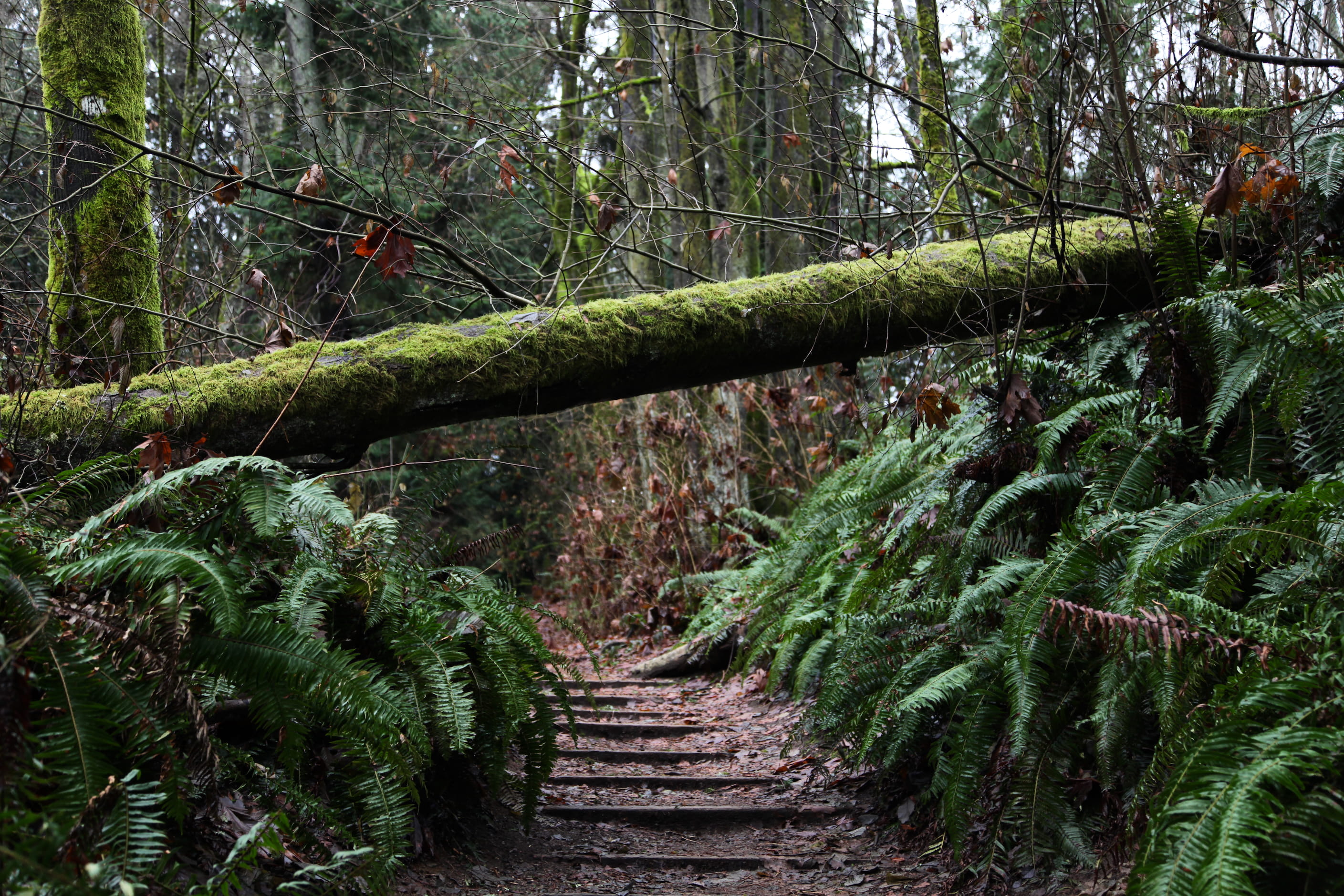
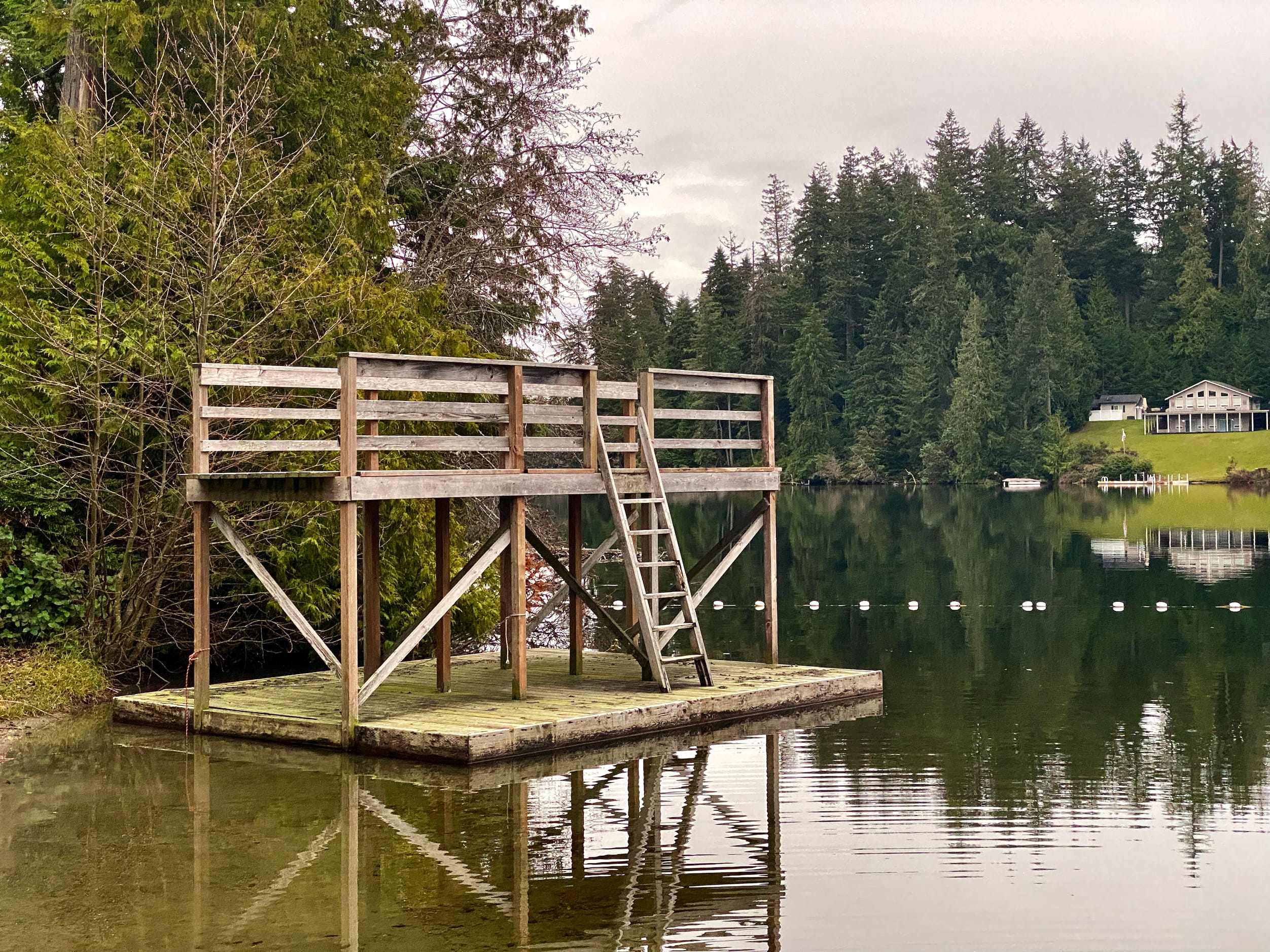
The top one is from a real camera, the bottom an iPhone.
Because I’ve been staring at thousands of my iPhone photos blown up on my laptop screen, the difference to me is shocking. But if you’re looking at this on a phone screen, it might be harder to tell.
Real cameras have a much bigger sensor, which means they can capture more light. This means your picture has more information about the world in it. You really notice this in lower lighting, or when you’re looking at the image on a big screen.
Accordingly, it seems like phone photos can look nearly as good if at least one—but ideally both—of these two conditions are true:
- The lighting is super bright
- The image is small (e.g., on a phone screen)
For example, here’s a phone picture with super bright lighting: clear day and reflection off of snow. It looks pretty crisp, even on a laptop screen.

Great lighting = decent photo from phone.
This is why so many photos in my blog are landscapes shot on clear days. I’d love to take street and indoor and night photography. But bright scenery is what comes out best from my phone. As soon as you have an overcast day, things get muddier. Take, for example, this phone picture of a giant puddle:
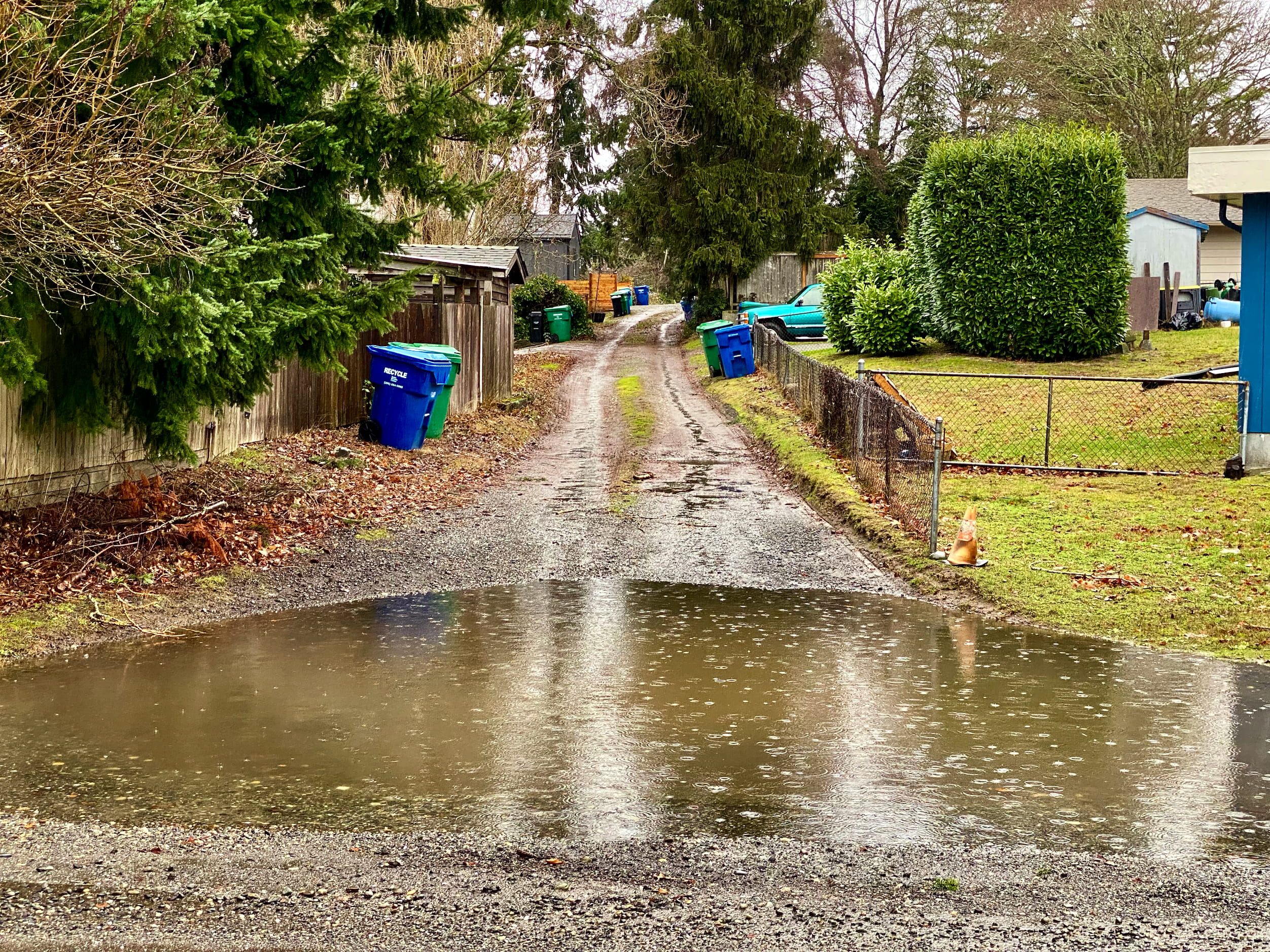
Wish I still had big rubber rainboots for tromping. Photo from phone.
Even adjusting the lighting and colors (which I do for every photo I post), it can’t come anywhere near to the depth of detail you get if you take a real camera and just point it at the ground.
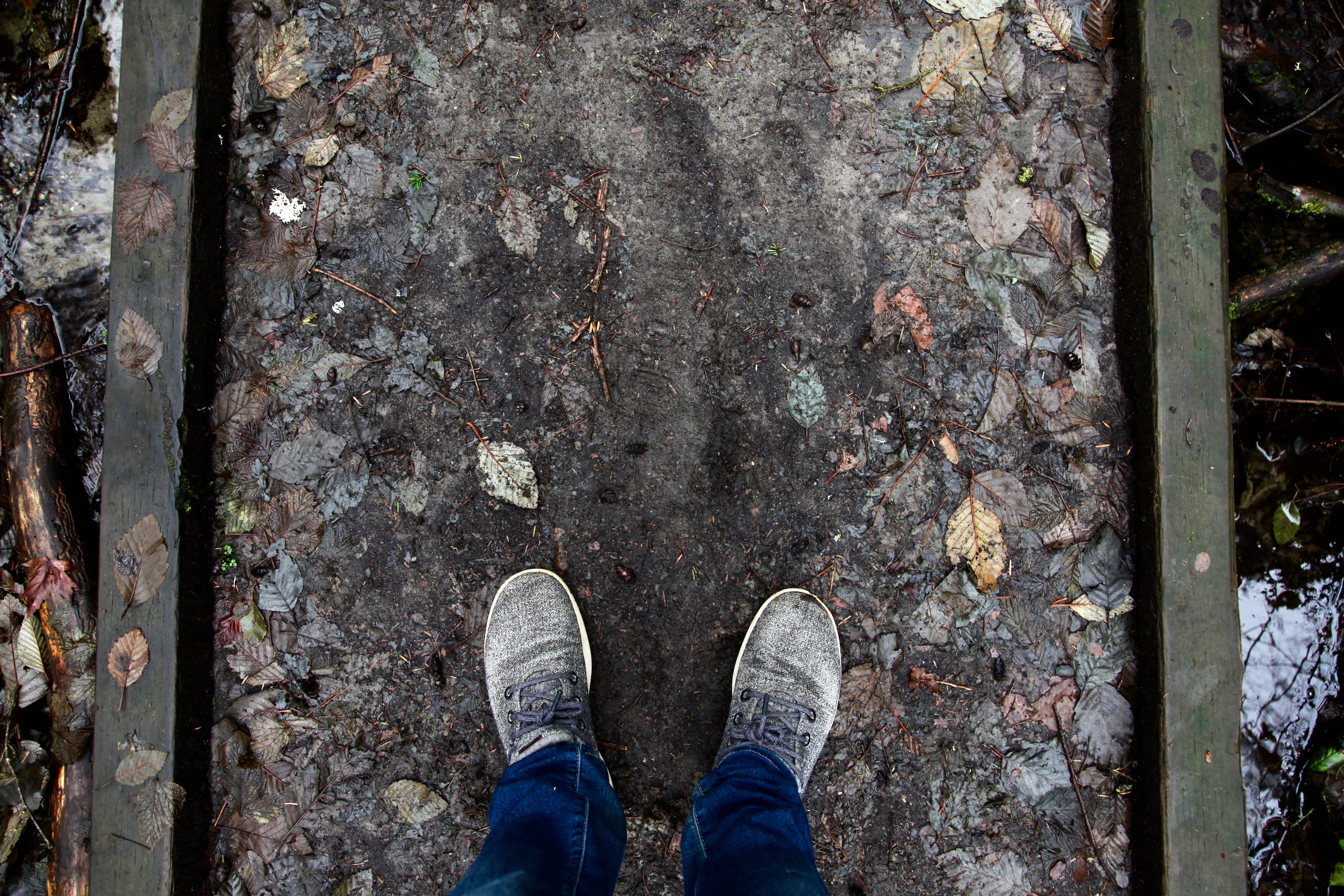
This image somehow feels like it belongs on Pinterest. Photo from real camera.
The difference became intoxicating. I went around pointing this real camera at random things. It felt like cheating. Ordinary objects nearly became art photos.
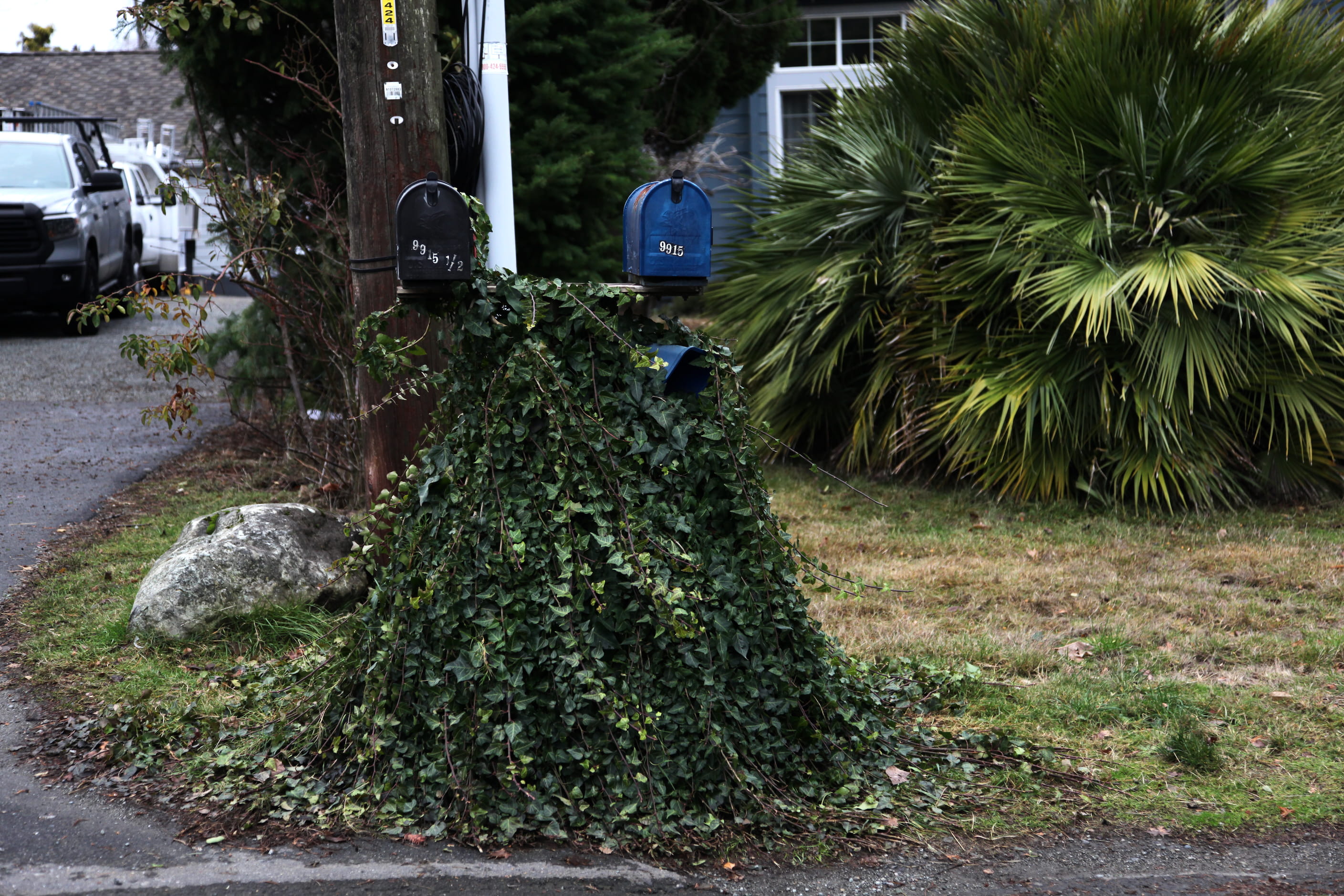
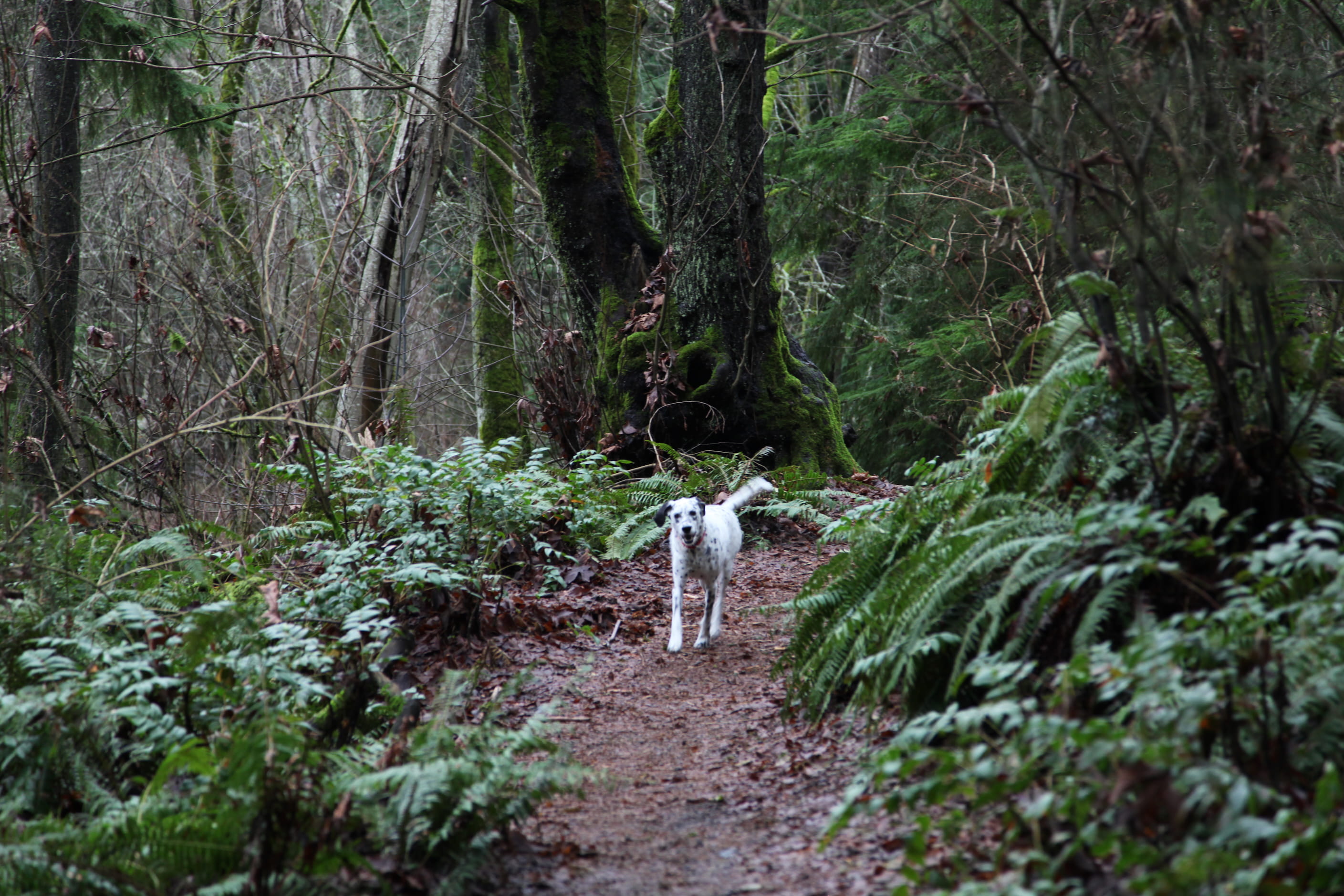
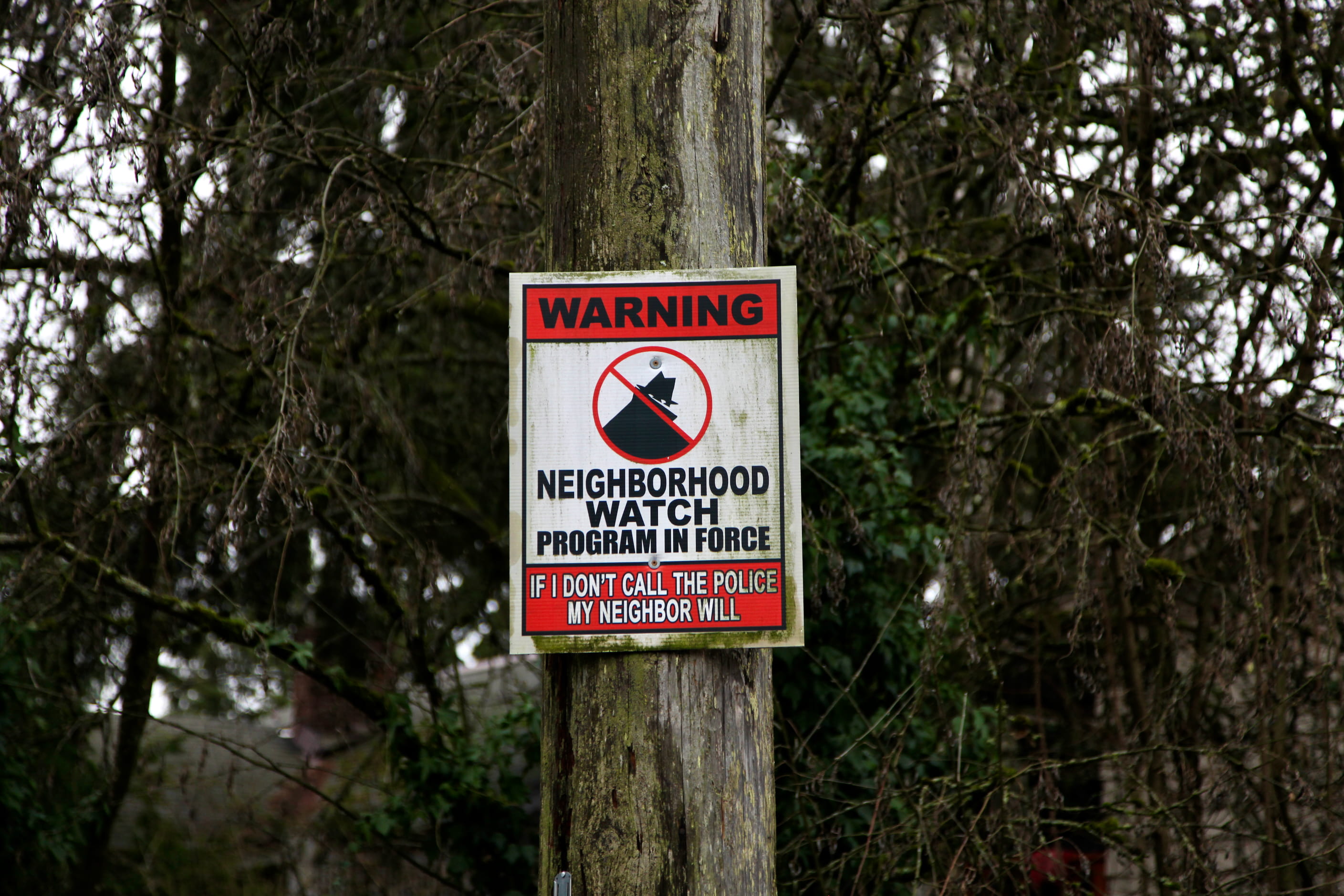
Love how '90s that sign is. Photos from a real camera. The dog is a bit out of focus, which hints at territory I’m not totally admitting in the post: that mastering a real camera is a whole skill set of its own. You’ll note that all the other photos are of still objects.
In addition to details, real cameras capture more colors. An image of trees from my phone go straight to the trash bin, but a real camera finds thousands of shades of greens in the shadows.
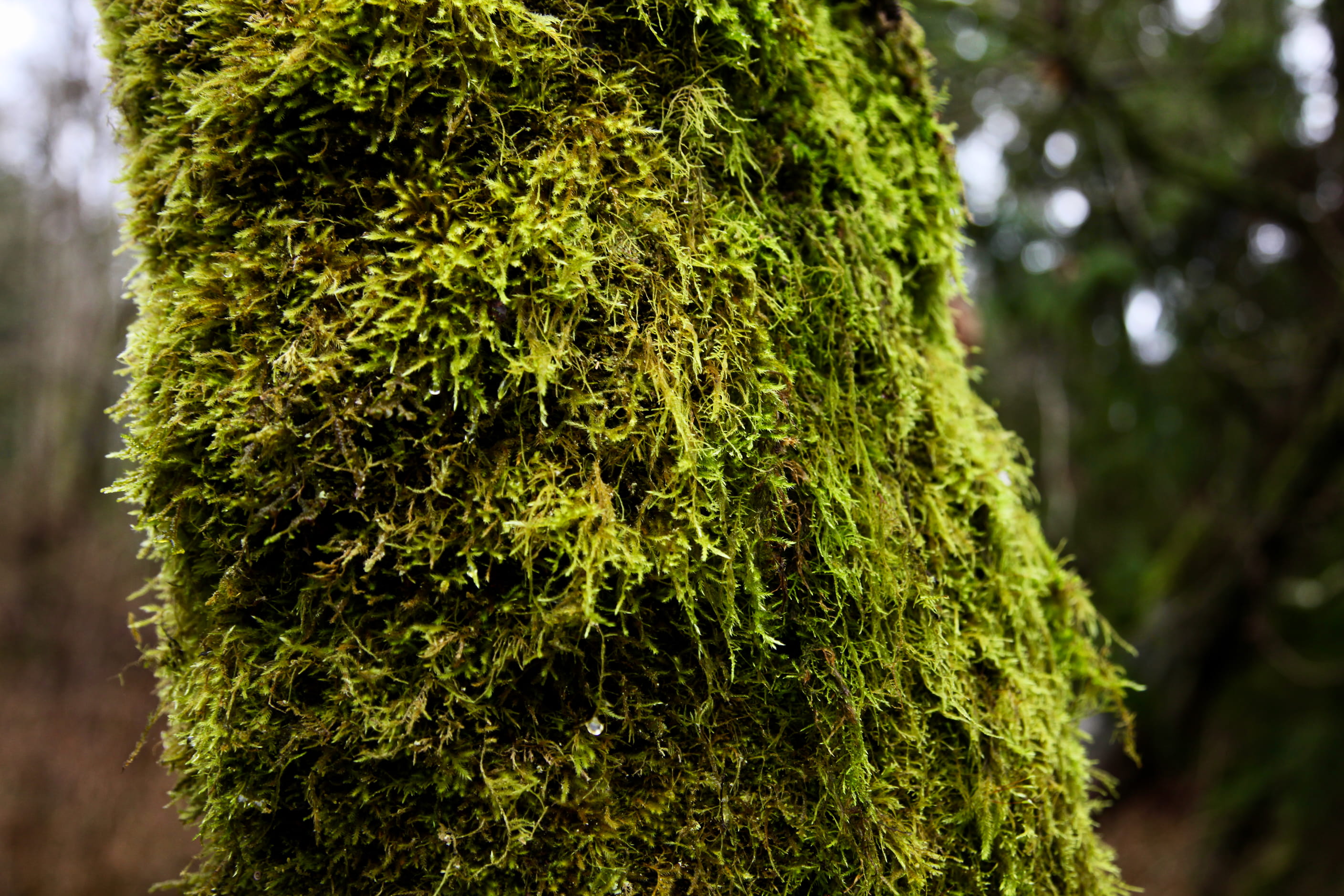
Photo from a real camera.
The other big difference that you can’t get from a phone is shallow depth-of-field. After months of taking faked bokeh photos using the iPhone’s portrait mode, the real thing from a wide aperture lens is gorgeous.
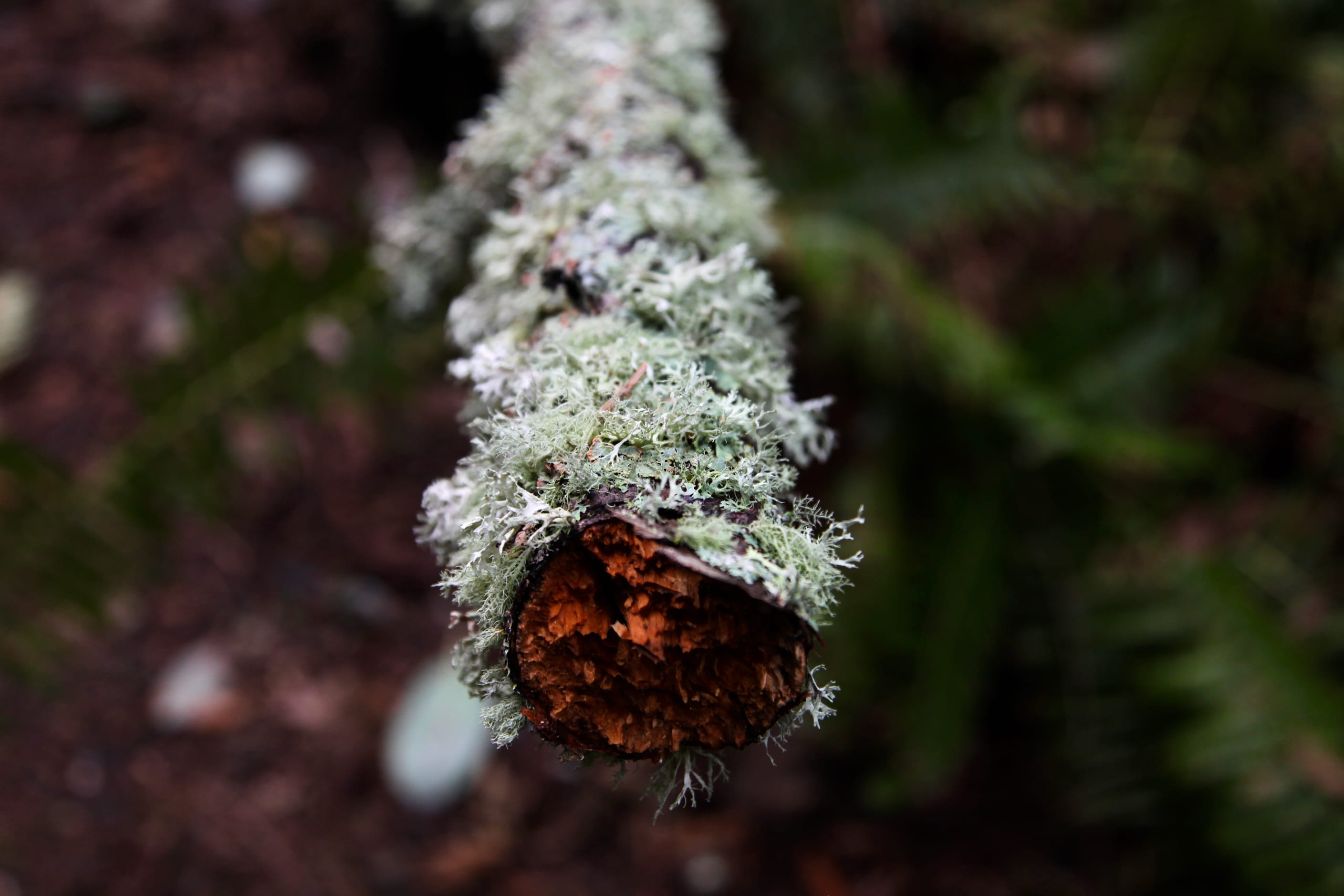
Photo from a real camera.
With these powers, and inspired by food thirst trap videos,04 I tried making a stupid coffee sizzle real, which it turns out is harder than I’d expected.
Unmute if you’d like to be serenaded by the sweet tones of Romanian pan flue prodigy Zamfir. One thing I definitely messed up is I didn’t do any white-balance or color grading. I wanted to keep the warmth from inside lighting, but everything came out weirdly orange.
With great power comes great responsitrilitrax. Theoretically, with a real camera, you must pay attention to all kinds of settings, and think about things like ISO and aperture and shutter speed. But I basically let it roll on auto and it came up with all the above photos, so I don’t think it takes much knowhow to kick your phone’s butt.
The real kicker is that big cameras are expensive and a pain to carry around.05 Not great for traveling. I’m still tempted, but for this year, I’ve set off with just the handy phone again.
PNW Winter
Fow now, let’s throw down some greater Seattle area B-roll, all with the phone.
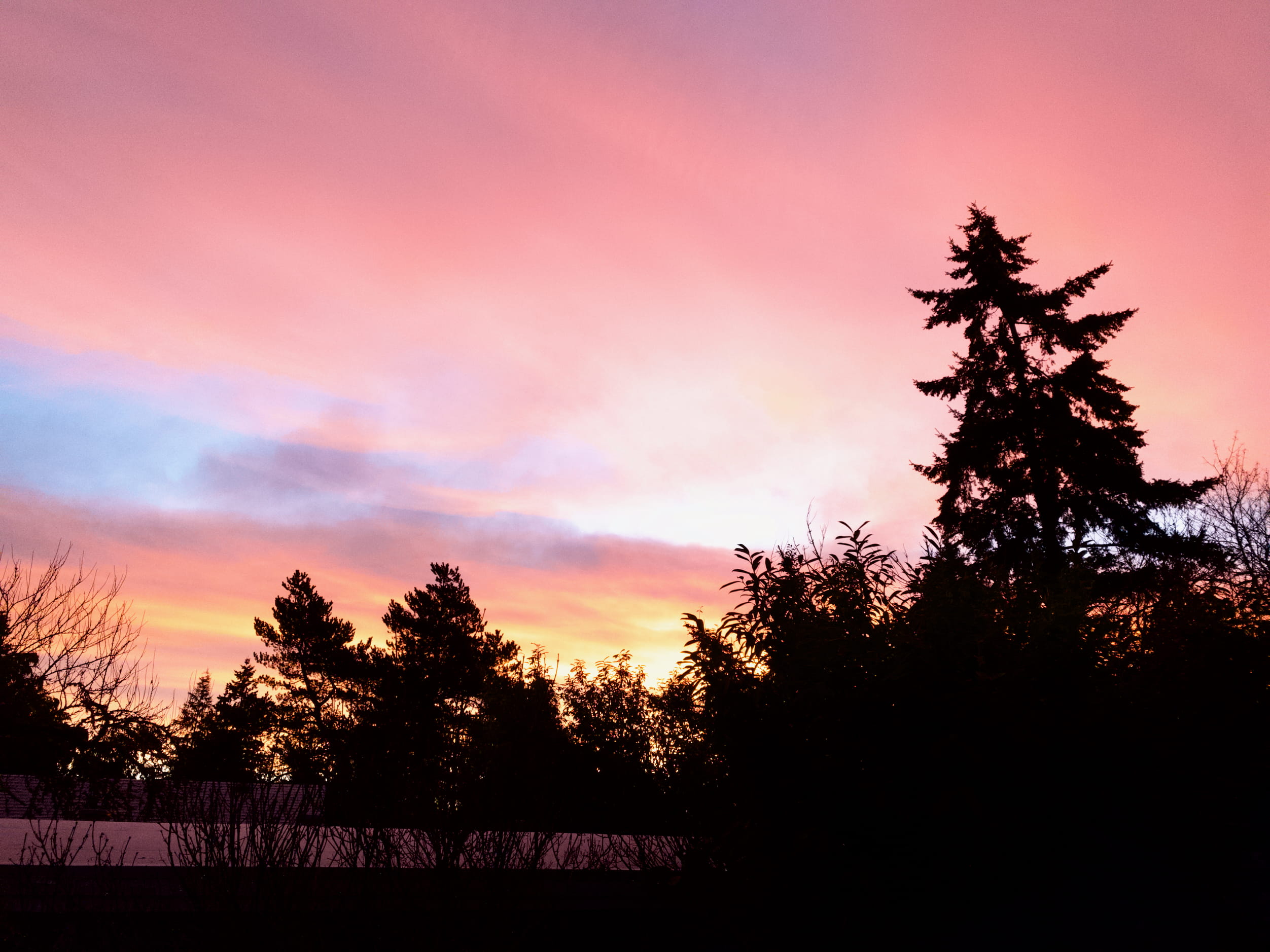
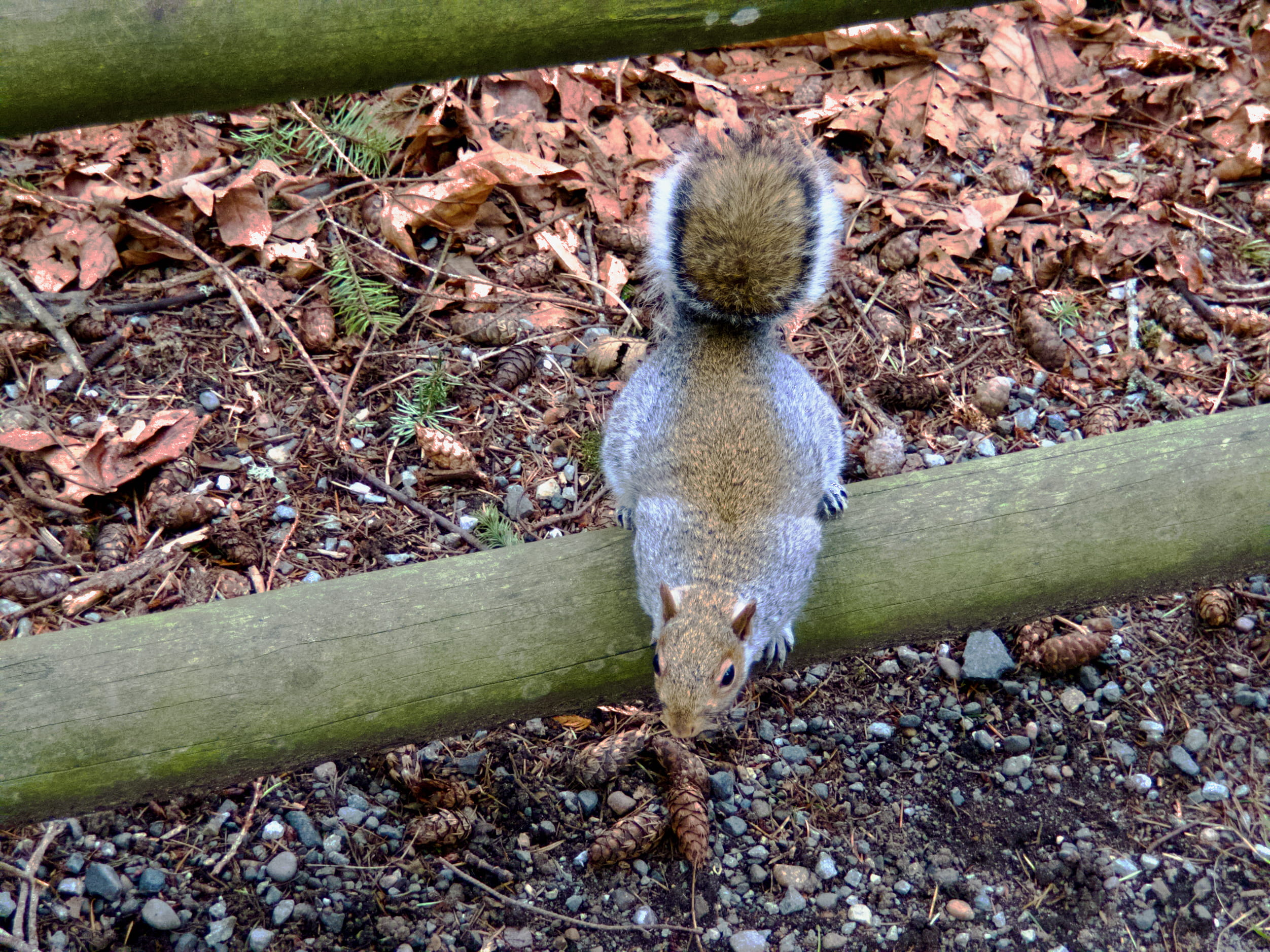
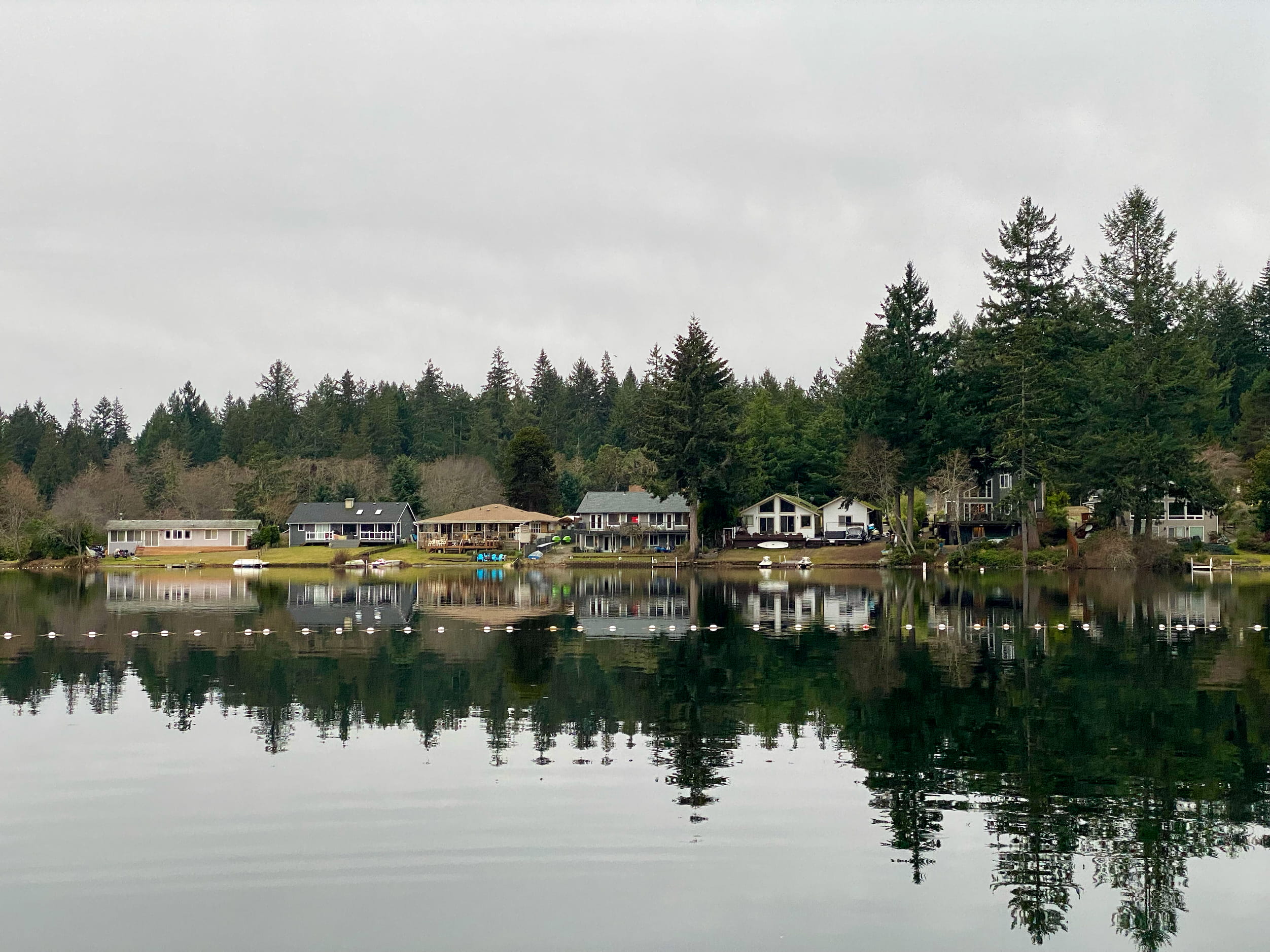
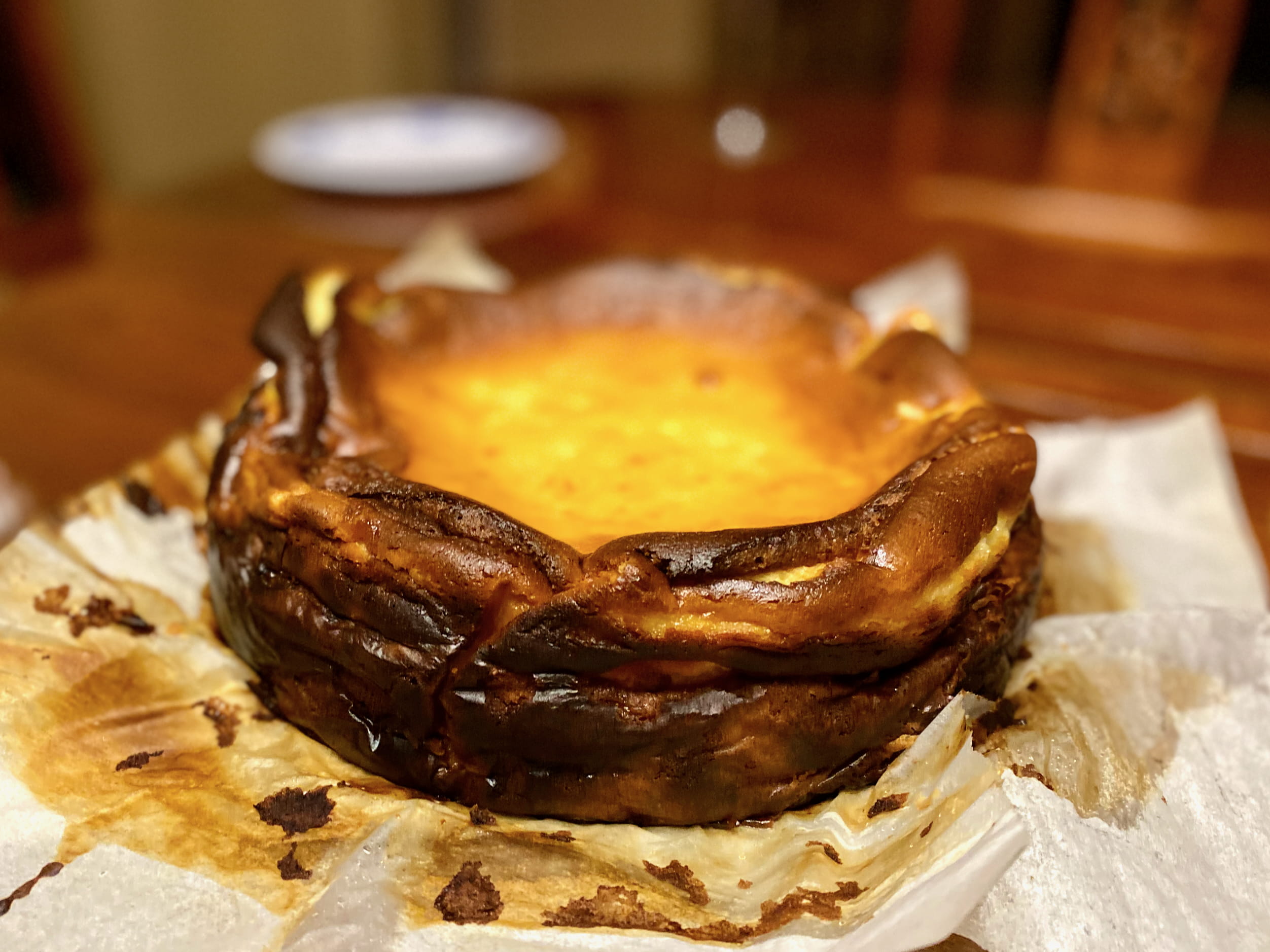
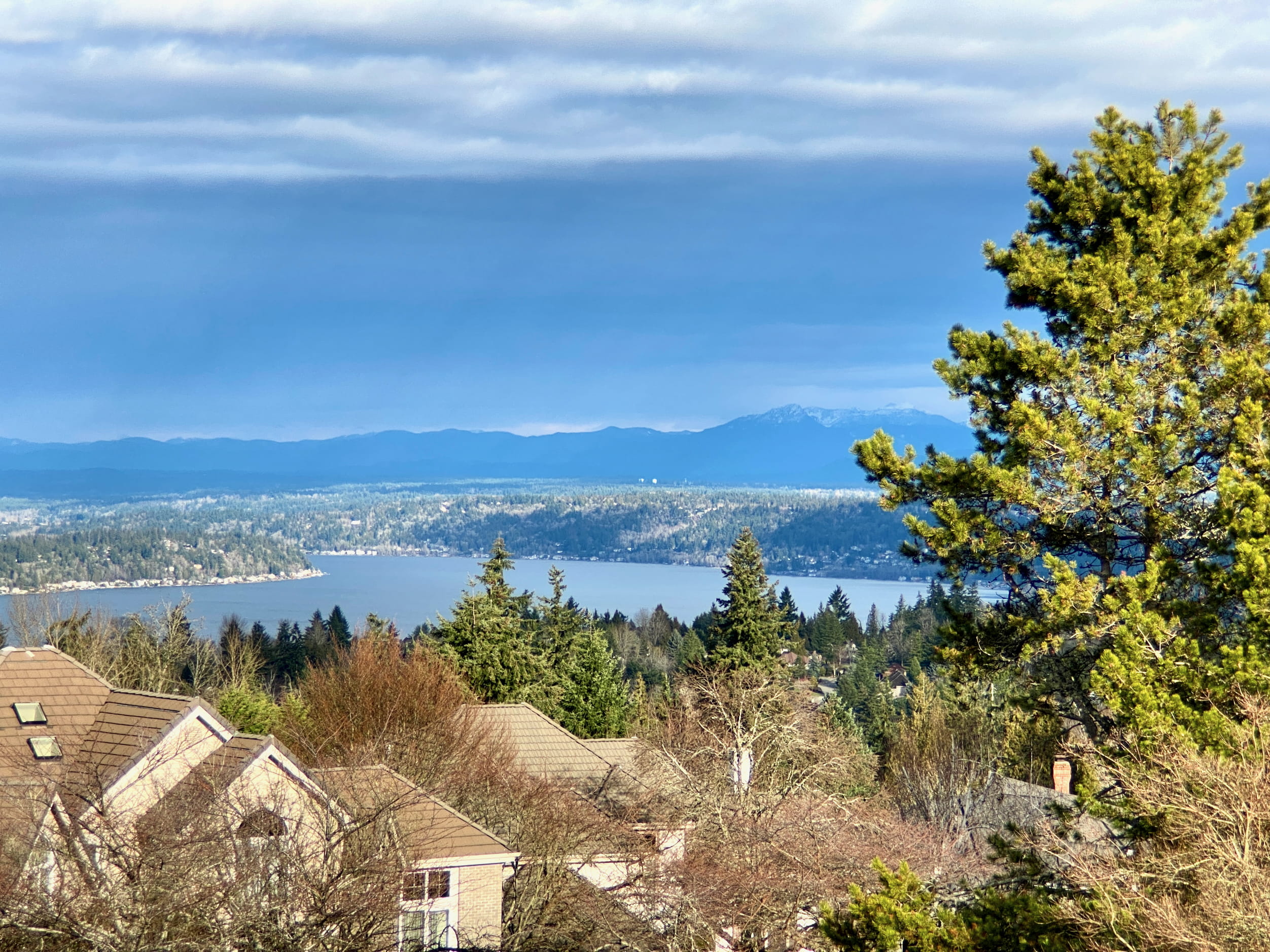

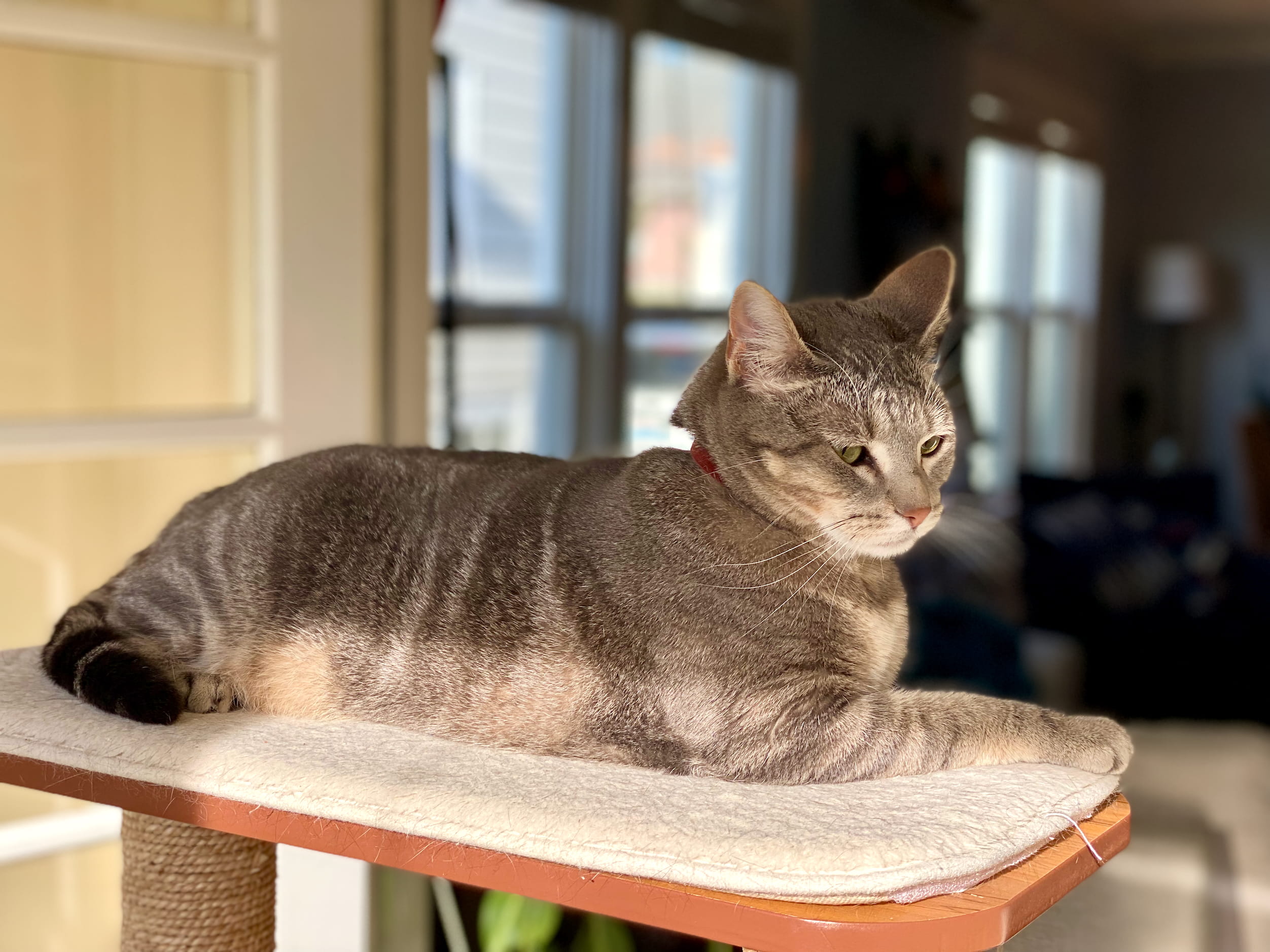
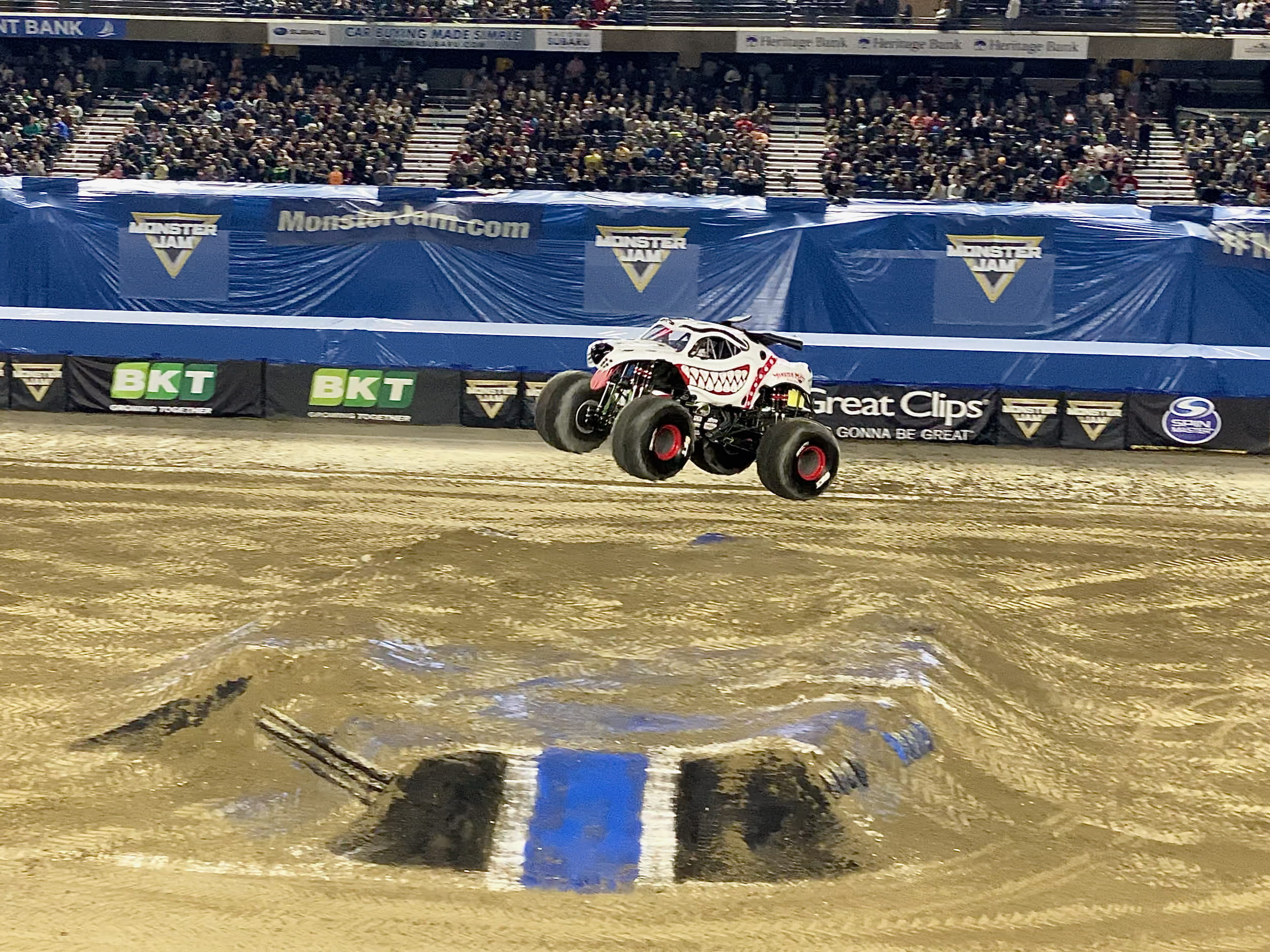

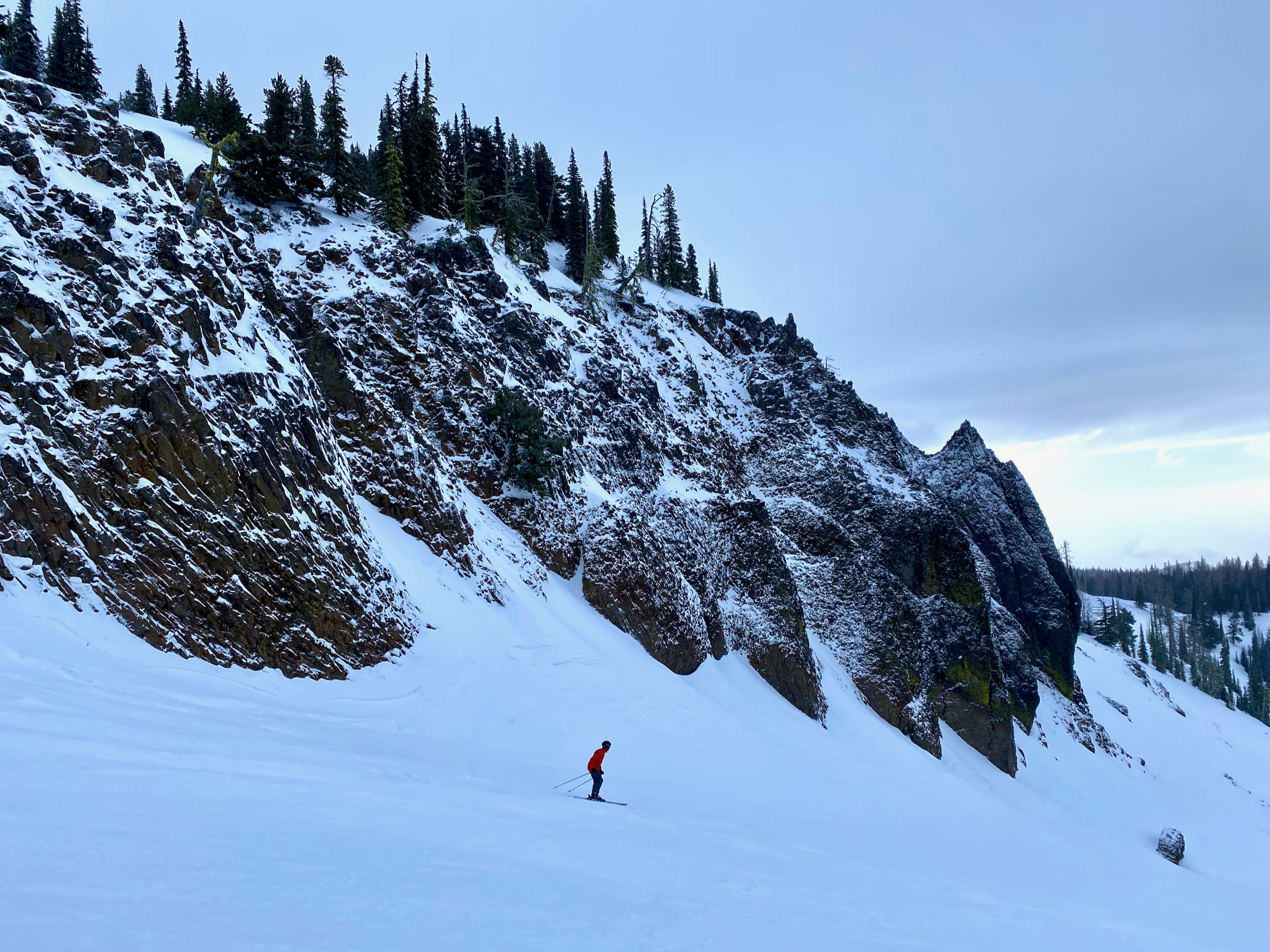
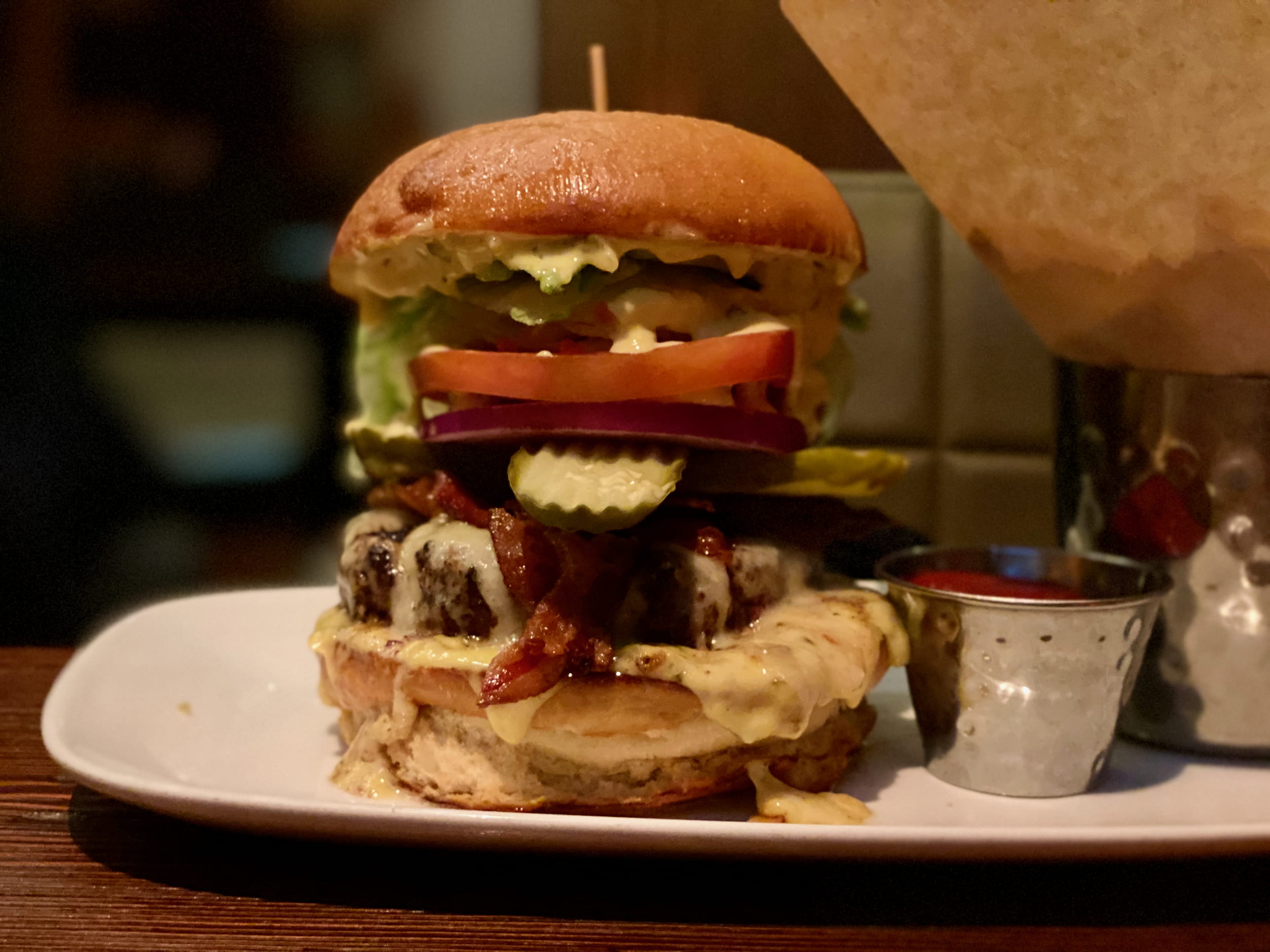
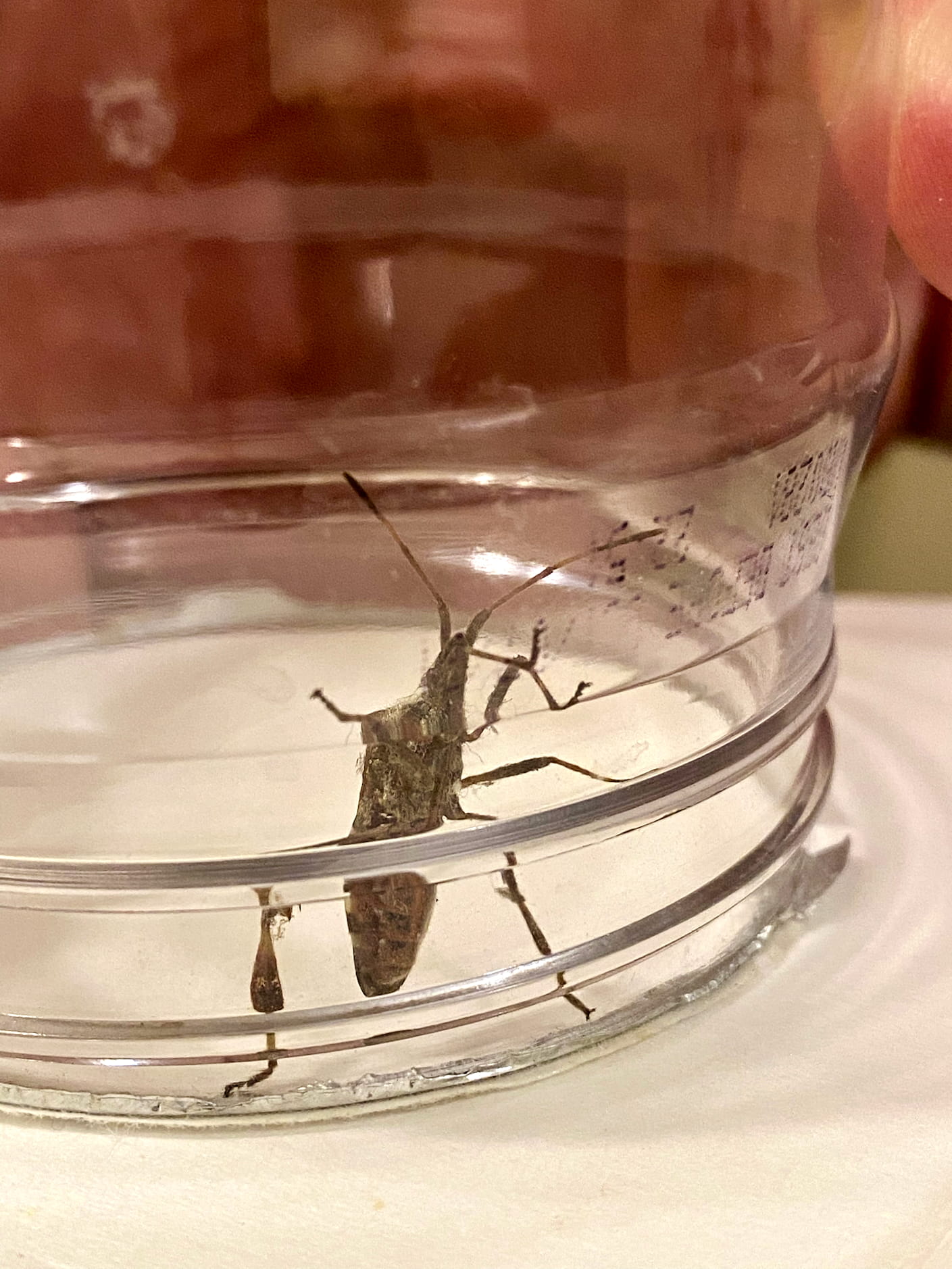
Off on the road again.
San Diego
A pit stop, treated to some beach and birria near the border.

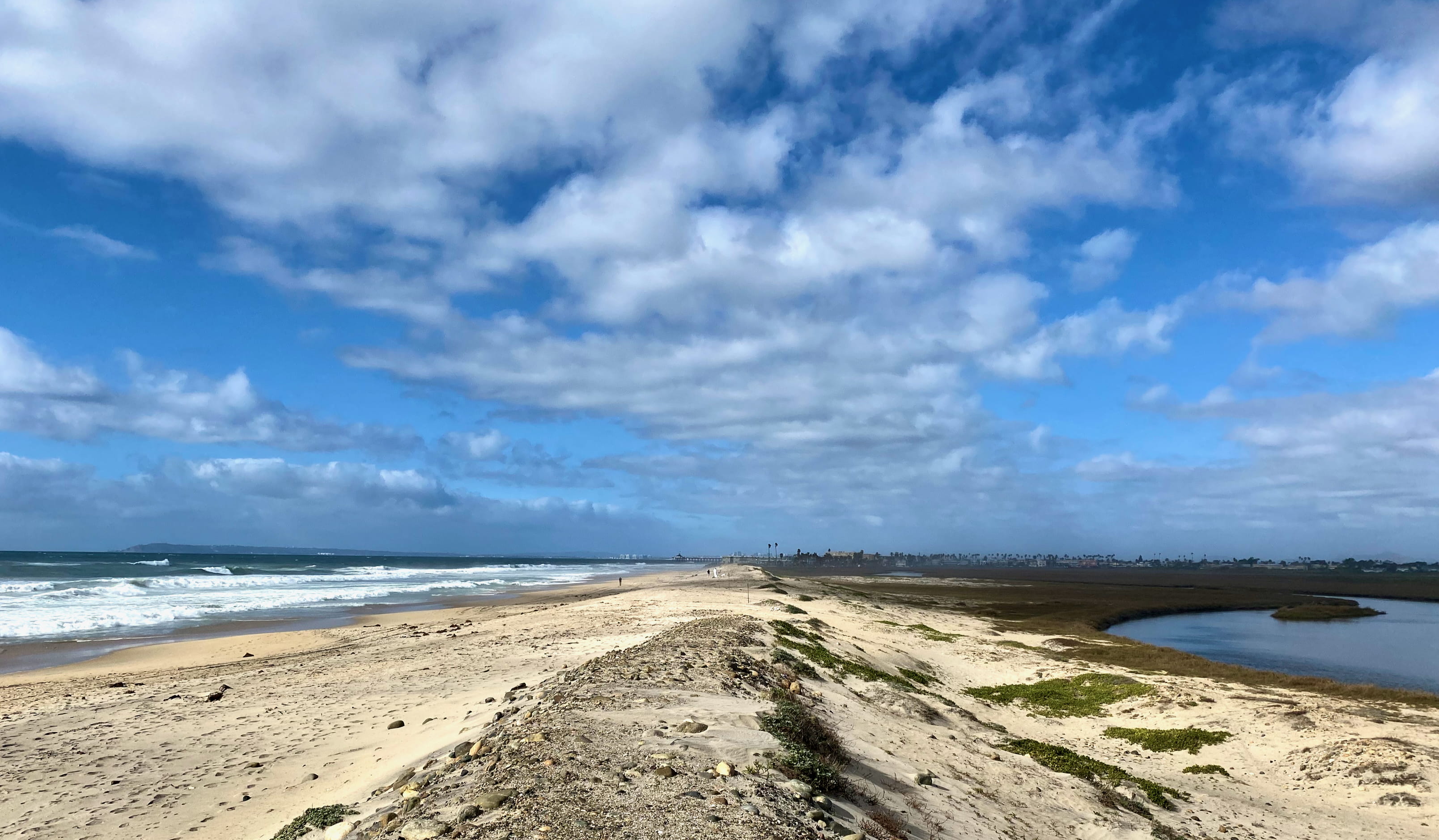
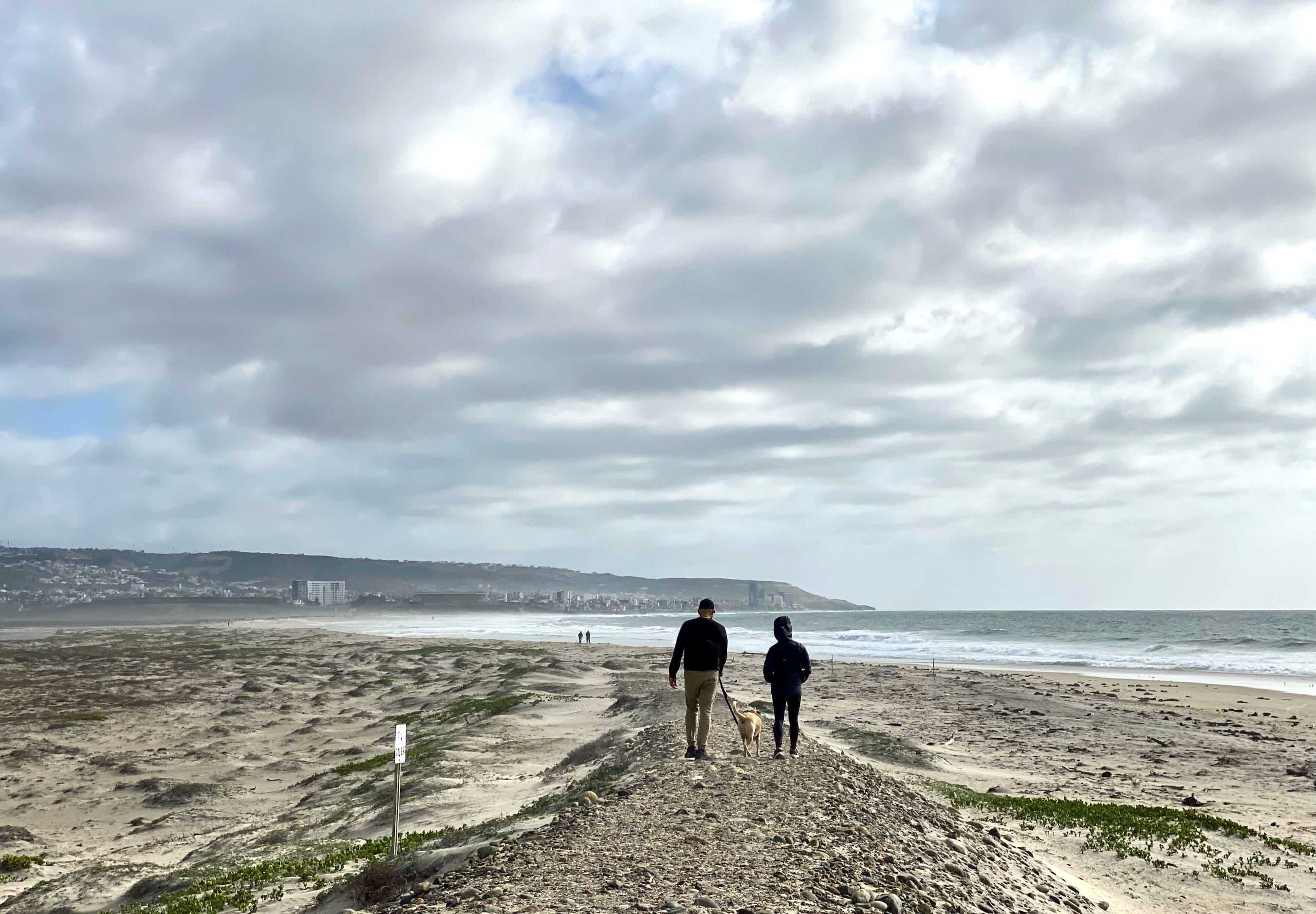

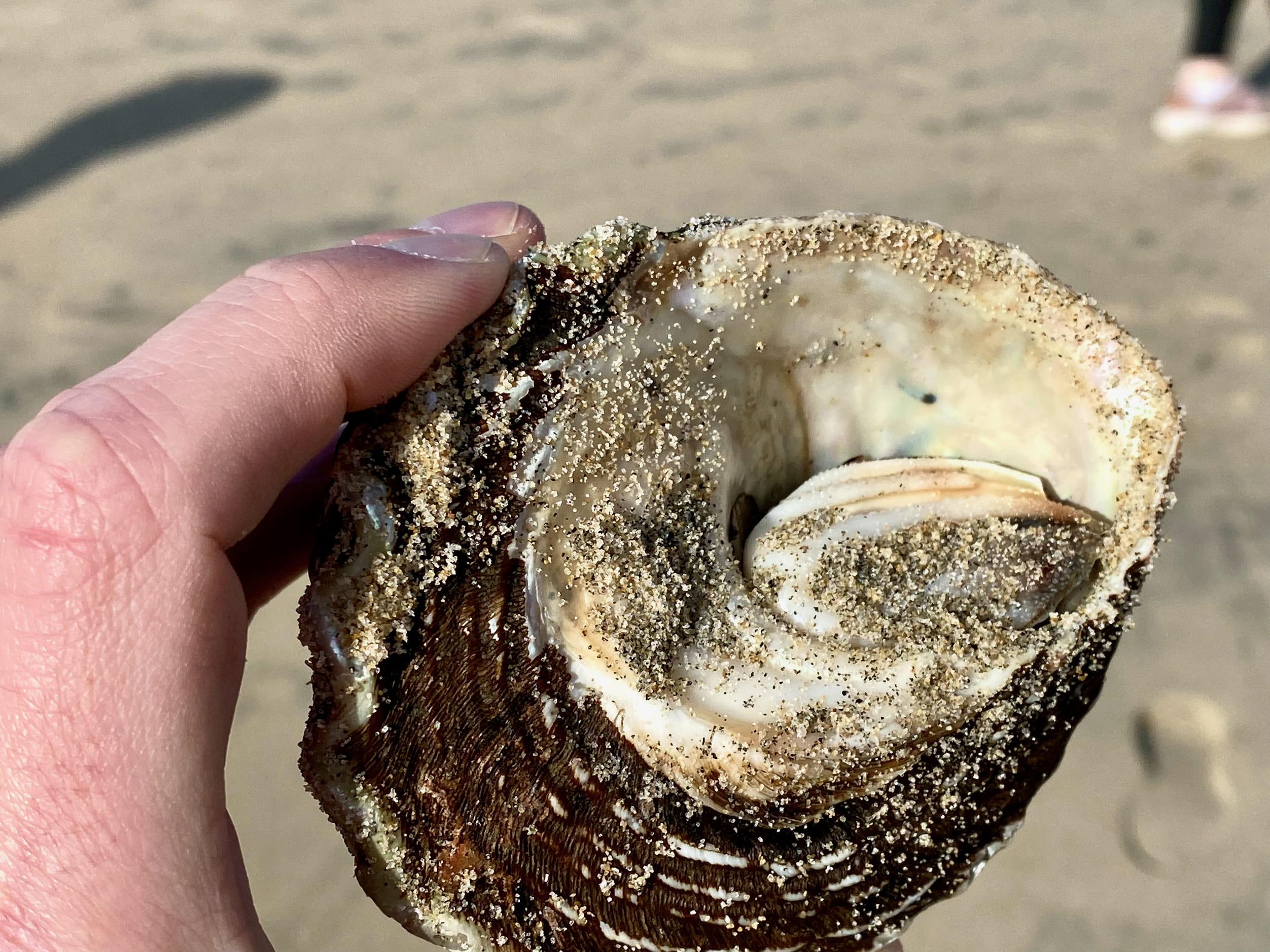
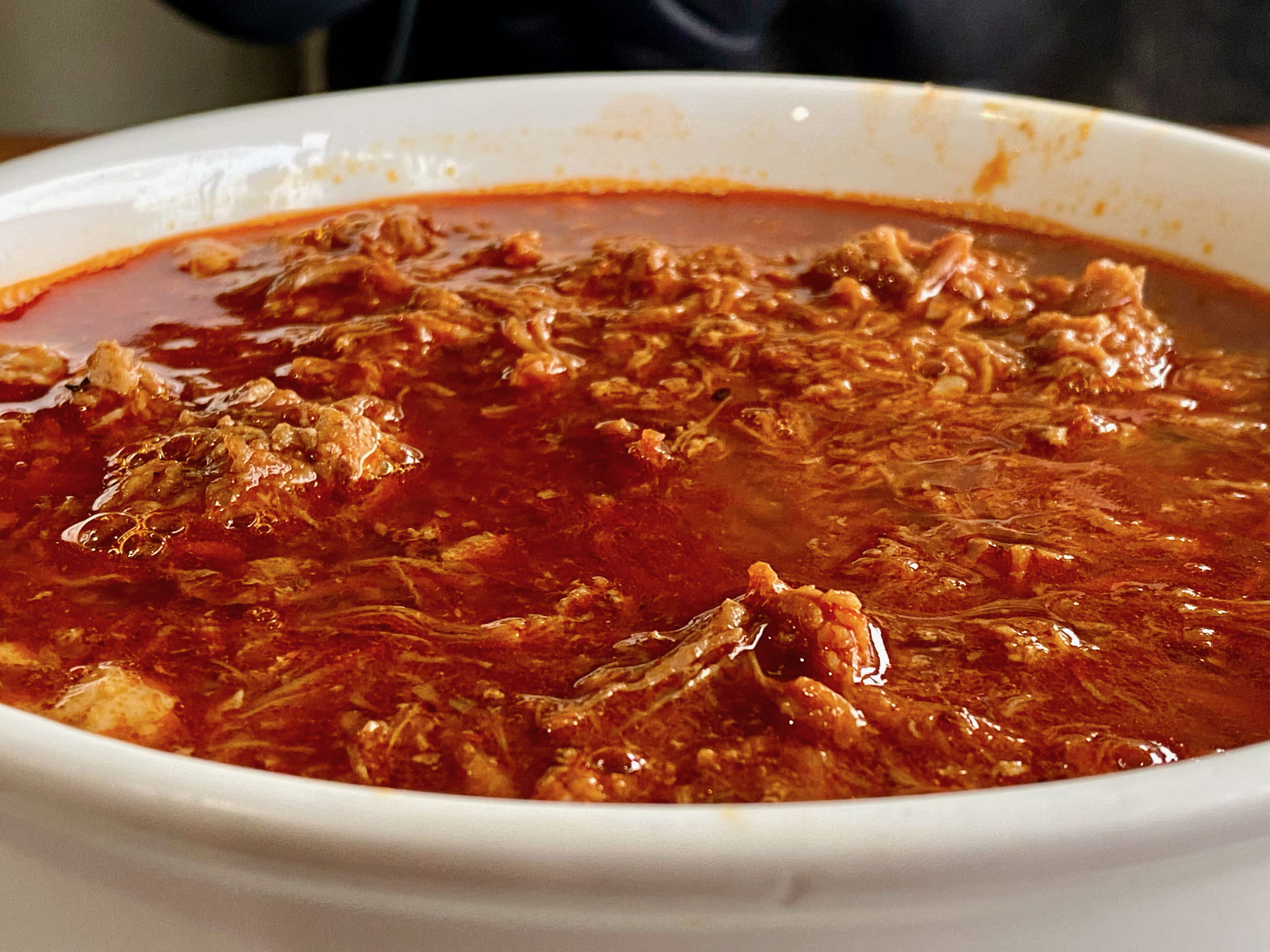
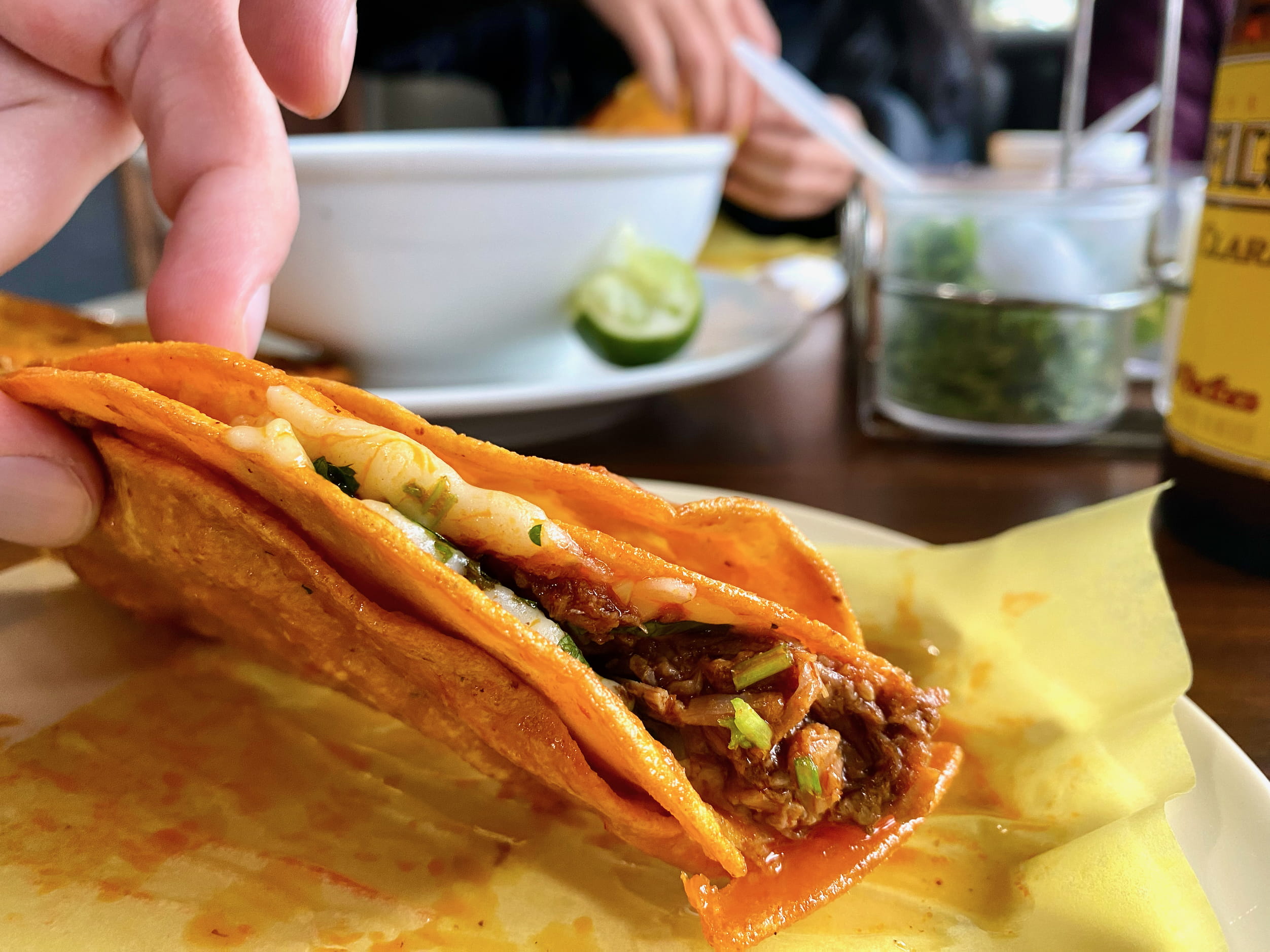
Next, it’s off to Taiwan.
Footnotes
I’m going to say real cameras, but I basically mean full-frame sensor cameras, DSLR or mirrorless. ↩︎
The aspect ratios are different, but both images are exported to the same height (1878 pixels) and are both width and height-limited to your browser window’s resolution, so the pixel densities you see for each should be almost identical. ↩︎
I.e., complete omnipresent cloud cover, i.e., PNW’s habitat September through June. ↩︎
E.g., Ashley Xu’s Thirst Trap for Chocolate Milk. It turns out these take considerable skill to make. I watched a process breakdown video of hers, and she said it takes about five full workdays to make one ~12 second video (!!!). Plus, she’s clearly more of a pro—editing, lighting, the whole nine yards. Mad respect. Also made me feel less bad about how my two hour attempt turned out. ↩︎
Actually, the real kicker is you get interested in cameras. This is a rabbit hole that seems to have no end, whereupon you collect lenses (which easily outstrip the camera itself in price), filters, tripods, lighting equipment, and then more and more cameras and lenses as backups and replacements and experiments. Barely dodged this one. ↩︎
